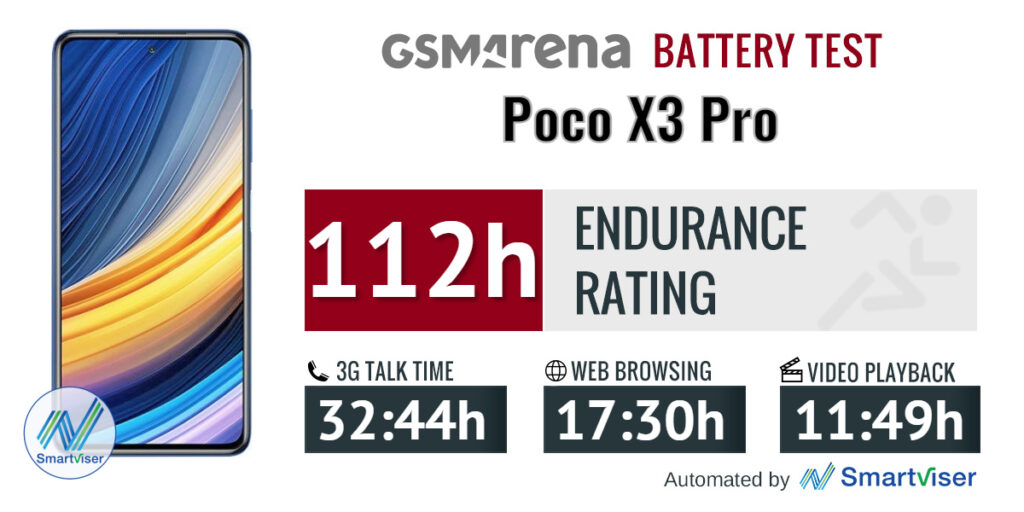Transform Your Website from Good to Great
Do you think that your website’s doing well? If your answer is yes, how was it possible? Was it through creative content, frequent updates, or have you started adapting responsive website design principles? If you’re a bit lost on what a responsive website design is, knowing its fundamentals can go a long way. Here’s some information to get you started.
What Is A Responsive Website Design?
Responsive website design is the process of designing a web page that appears in an optimized form for all devices. It is a technique your website can utilize when viewed in different browsers and device types. It also allows web designers to create individual layouts for every device on the market without the need for new design tactics to be implemented for each viewing experience.
While it’s primarily the responsibility of web developers to scale a website to the right appealing breakpoints, it’s the web designers who decide how the website adapts to different screen sizes for the best user experience.
What You Should Know When Creating A Responsive Web Design
- Consider All Screen Sizes
As of speaking, there are more than 24,000 distinct android devices already available on the market and new devices are still continuously being introduced every day. With this large availability of options and differences, web designers do not only focus on the popular breakpoints but upon the largest possible size they can scale.
- Prioritize Content
Responsive web design aims to prioritize content. This means that the same content should be seen by all users, regardless of whether they are viewing the site on a desktop or smartphone.
To build a successful responsive web design, you should be able to design something that matches the browser on your phone. You can start with using sticky navigation bars that you can place at the top and bottom of the page to make your site more accessible to users on mobile devices such as smartphones and tablets.
- Make Images More Responsive
There are many elements to consider when coming up with a responsive website design. Designers who create engaging websites need to transform images and make them responsive. This can be done by utilizing HTML and CSS technologies.
By doing so, it can be guaranteed that they are seen through the right device and are exported at all resolutions, without sacrificing download speed.
- Test Your Design
Thorough testing confirms that your web design is responsive. Avoid the practice of not running a test using many devices to see if your website functions well.
A functional responsive website design allows its elements to “flow” in different screen sizes without compromising user experience and ease. Text elements, images, and videos are scalable and resize according to the user's device dimensions. Various test criteria are created and must be met to confirm that it's responsive.
- Remember That It’s All About Your End-User
The primary goal of a responsive web design is to have a web page that recognizes the size and orientation of the user's screen and then changes the layout accordingly. Much of the process of responsive web design involves designing for large screens, testing different screen widths, then customizing the page accordingly. Designers who create engaging websites need to tailor the images to the right device and ensure that they are exported at all resolutions used on today's devices.








